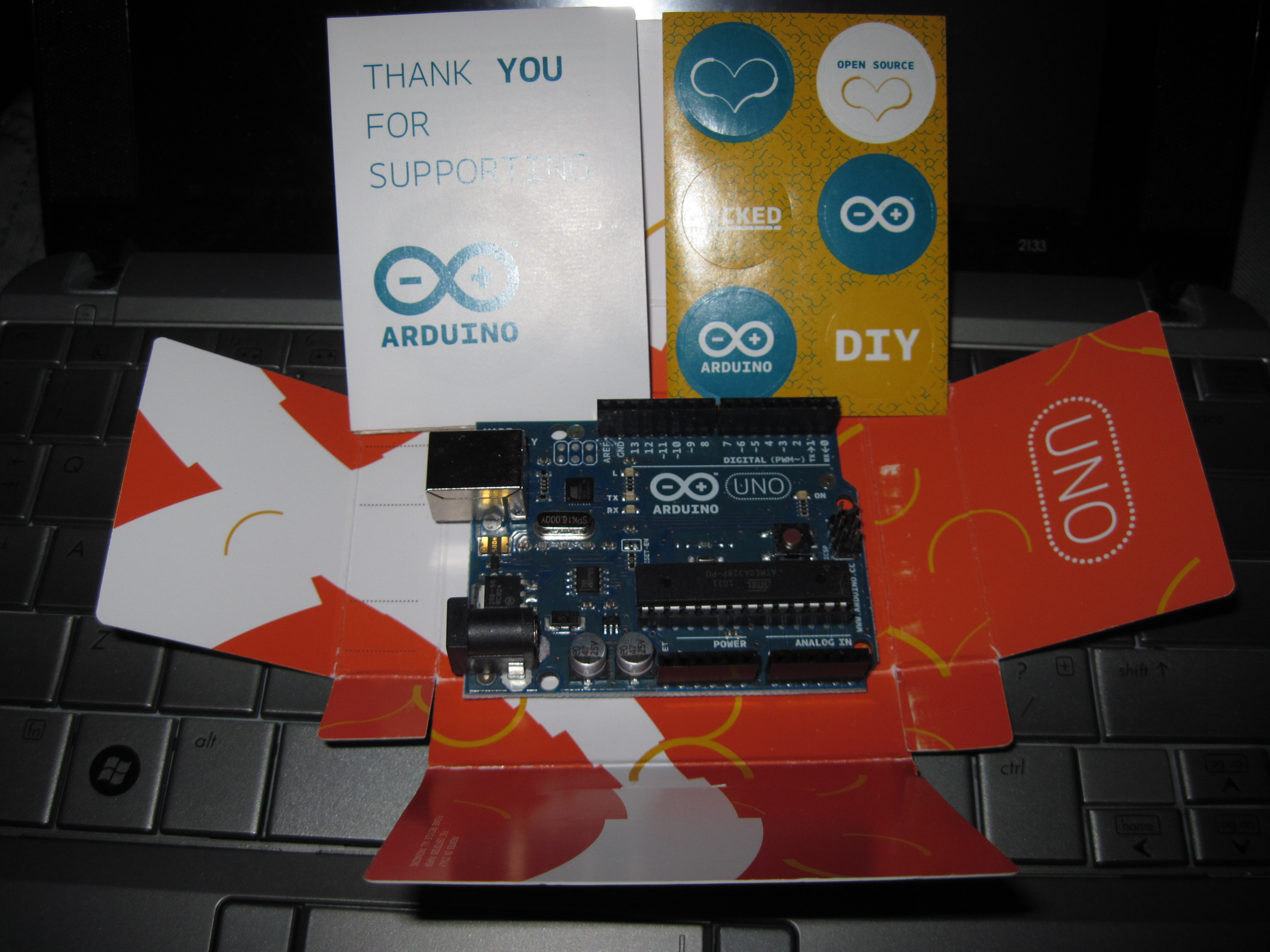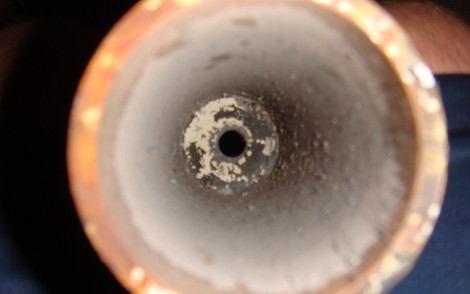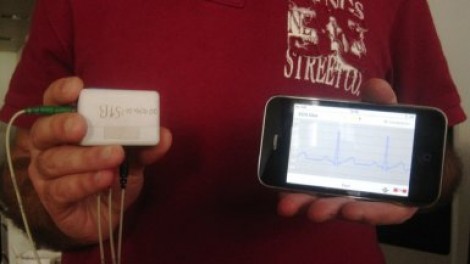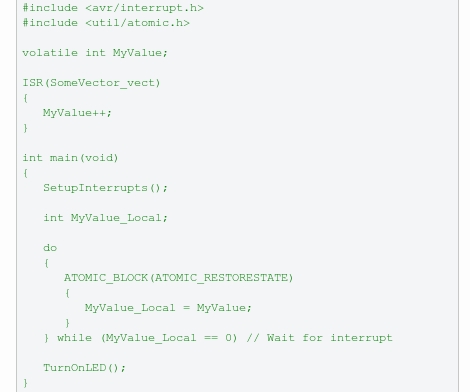
The Arduino Team presented some new products at Maker Faire this weekend. It’s a significant update. The Arduino UNO and Arduino Mega 2560 update the Duemilanove and Mega respectively. They now use an ATMega8U2 instead of an FTDI USB to serial converter chip. Allowing an Arduino to become nearly any kind of USB device. A fourth mounting hole has been added to the UNO for more stable mounting. The booloader is now the Optiboot bootloader. The boards can run firmata out of the box. We are not sure about existing Arduino boards, but the last six bytes of EEPROM have a unique serial number. At this point, the Mega 2560 has some kind of issue with gcc on certain platforms and unable to use the full memory available until there is an update to the IDE.
The team also gave a preview of some works in progress. Arduino Ethernet POE can be power over ethernet and loaded with TFTP. Available October 18, TinkerKit will be released. Geared toward designers, the kit has PCB modules that include a joystick, soft pots, transistor, relay, power MOSFET, push button, LEDs and motor driver. That same day will be the launch of the multi-lingual Arduino Store.
These developments will be a nice addition to the toolset out there that you can use and we look forward to new projects using these tools.
Update: [PT] sent us a link to an ever-growing FAQ about this hardware.


















